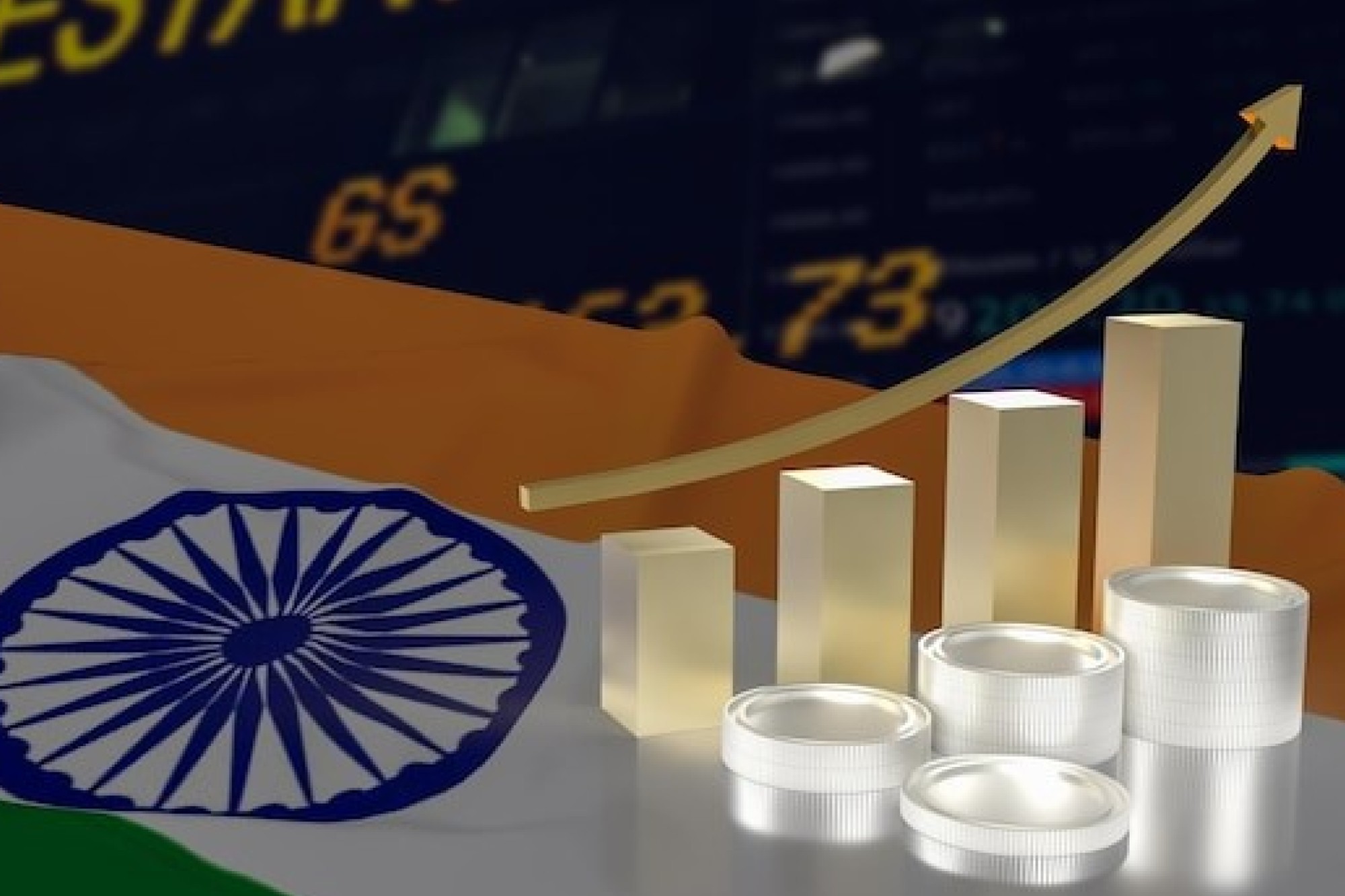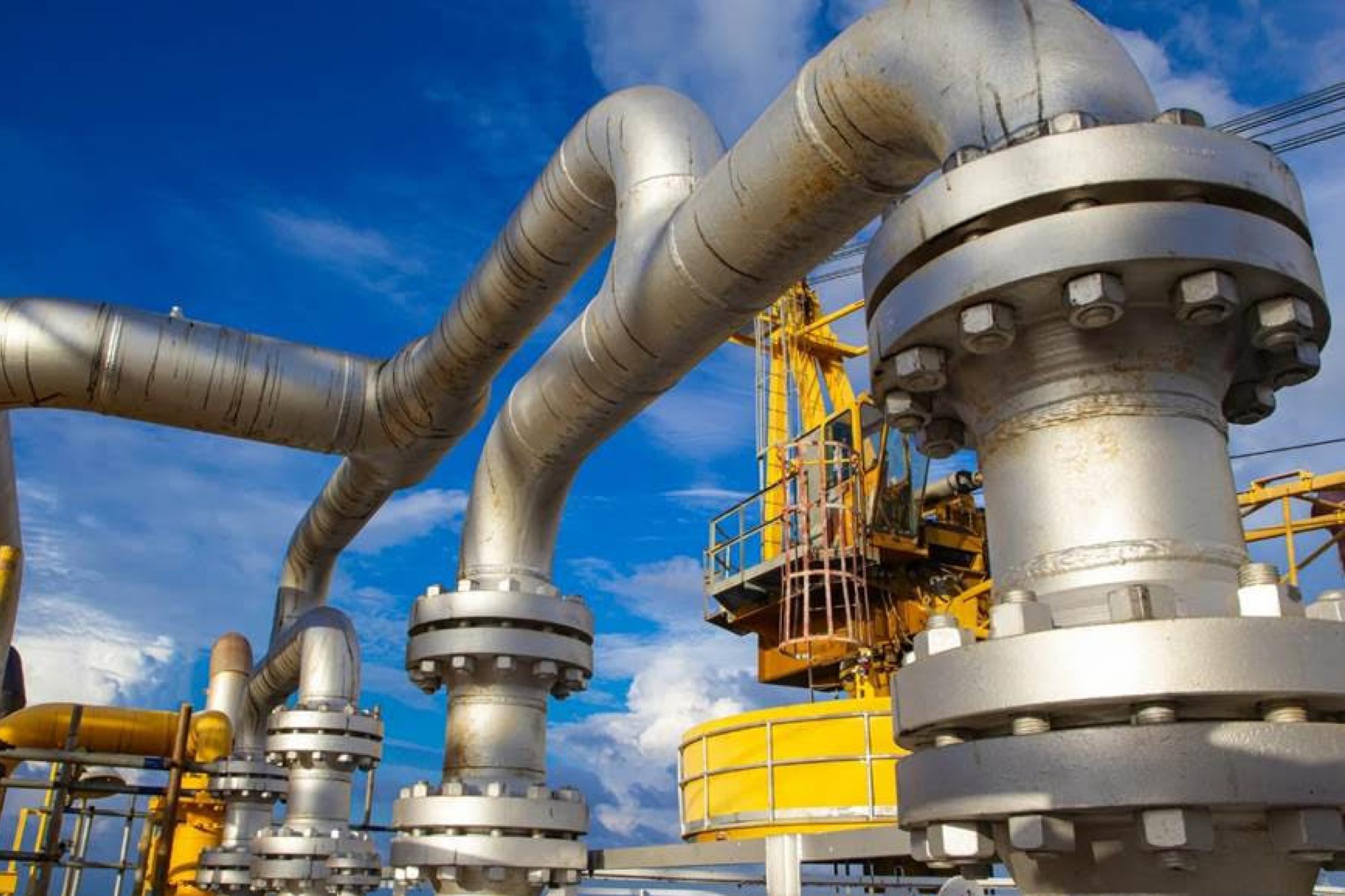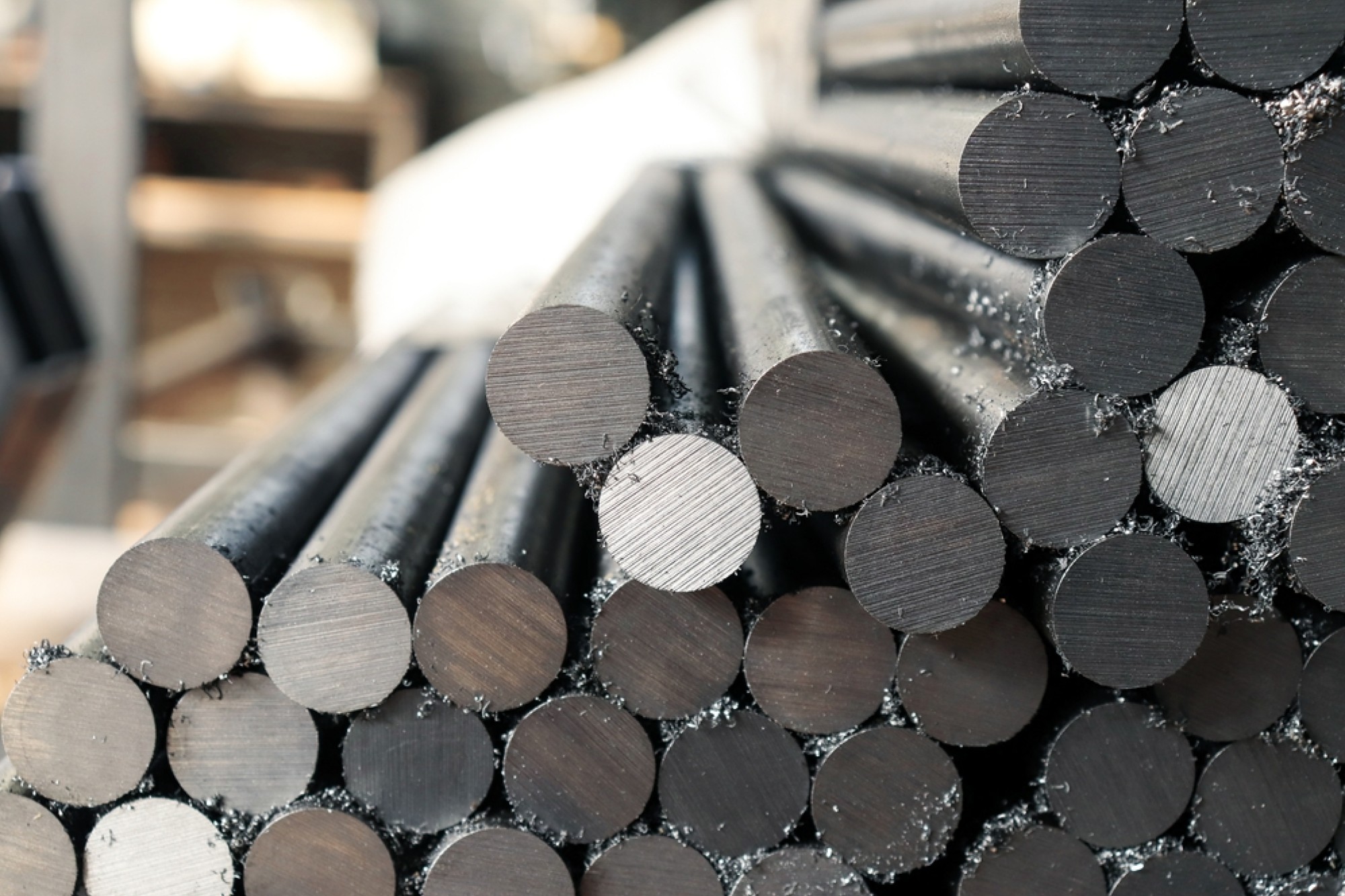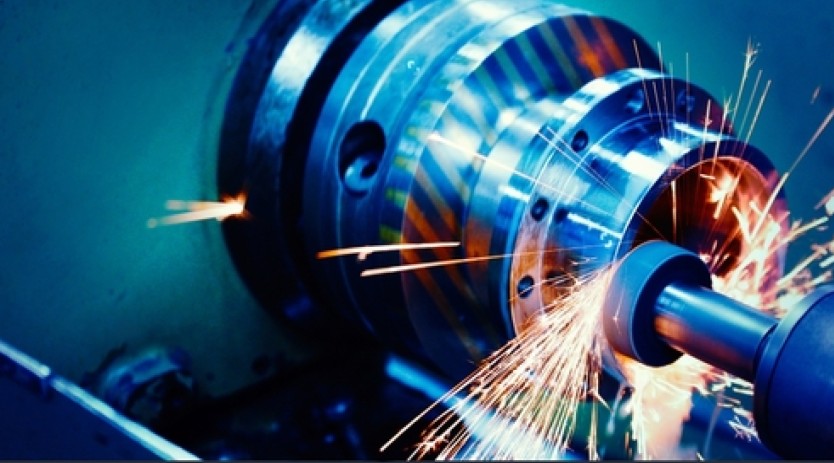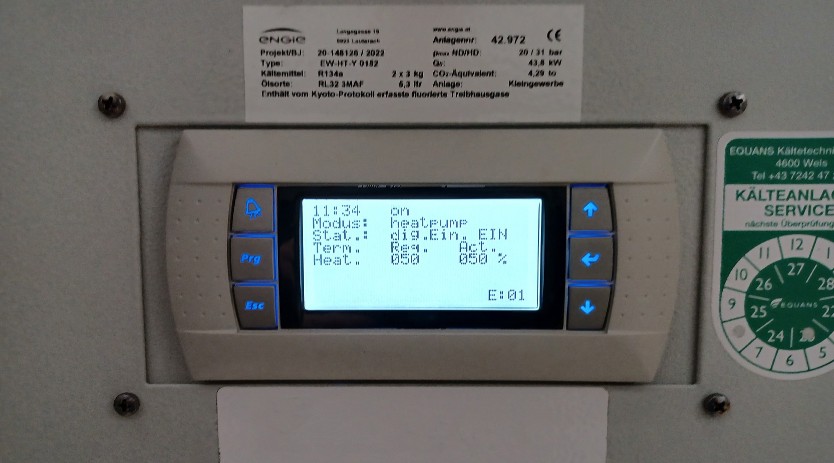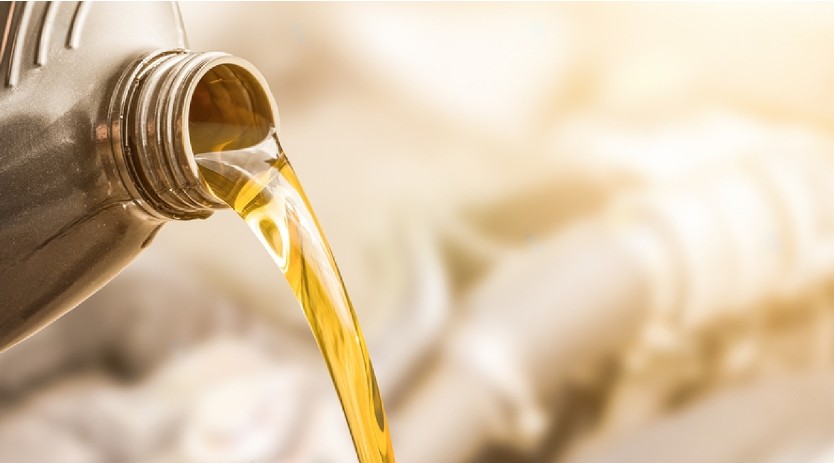Clean air and thermal comfort combined with the growth of OEM insulation market
By OEM Update Editorial March 12, 2024 11:52 am IST
OEM insulation plays a crucial role in improving energy efficiency by reducing heat transfer and minimizing thermal losses. OEM insulation allows manufacturers to enhance energy efficiency of their products, resulting in reduced energy consumption and lower greenhouse gas emissions.
The global OEM insulation market size was predicted to reach around US$ 13,727.6 million in 2018. It is anticipated to cross revenues of US$ 15,224.6 million in 2023. The market is projected to reach US$ 23,284.8 million by the end of 2033, representing a 4.3% CAGR between 2023 and 2033.
Demand for original equipment manufacturer (OEM) insulation is on the rise for several key reasons. There is an increasing emphasis on energy efficiency and sustainability across sectors.
OEM insulation plays a crucial role in improving energy efficiency by reducing heat transfer and minimizing thermal losses. As businesses strive to meet stricter environmental regulations and reduce their carbon footprint, demand for high-performance insulation materials has surged. OEM insulation allows manufacturers to enhance energy efficiency of their products, resulting in reduced energy consumption and lower greenhouse gas emissions.
Advancements in technology are also expected to propel demand for OEM insulation. Sectors such as automotive and aerospace are continually developing new innovations that require better thermal management and insulation solutions.
With rising popularity of electric vehicles and increasing use of electronic components in various applications, OEM insulation is needed to ensure efficient operation and longevity of these technologies. As a result, manufacturers are seeking out insulation materials with superior thermal resistance, fire resistance, and electrical insulation properties. They are aiming to meet these evolving technological demands.
OEM insulation would further contribute to improving safety standards. In sectors such as automotive and aerospace, insulation materials are utilized to enhance fire resistance and reduce the spread of flames in case of accidents or malfunctions. This increased focus on safety measures is likely to bolster demand for reliable and high-quality OEM insulation materials.
Growing trend of customization and personalization has also influenced demand for OEM insulation. As consumers seek products that align with their unique preferences, manufacturers are under pressure to provide customized solutions. OEM insulation offers flexibility to tailor insulation materials
to specific product requirements. It would also allow manufacturers to differentiate their offerings and meet the diverse needs of customers.
Noise pollution is a significant concern across various sectors and applications. Demand for OEM insulation is set to witness an upsurge due to increasing awareness of the importance of noise control in creating comfortable and safer environments.
Insulation materials that possess sound-absorbing properties are being sought after to mitigate noise levels in vehicles, appliances, machinery, and other equipment. OEM insulation can effectively reduce noise transmission, resulting in quieter and more pleasant user experiences. As a result, demand for OEM insulation materials with excellent acoustic properties is set to record significant growth.
Latest Trends in the OEM Insulation Industry
In the OEM insulation industry, several notable trends are shaping the landscape. One significant focus is on developing lightweight insulation materials to enhance fuel efficiency and reduce emissions in automobiles, aligning with the global push for sustainability. Another trend involves the integration of smart insulation technologies, which offer improved thermal management and energy efficiency, leading to their increased adoption across various applications. Customization and modular solutions are also gaining traction as companies strive to meet the specific requirements of different sectors, fostering greater demand in the market. Moreover, the integration of insulation materials with fire-resistant properties is projected to drive growth by enhancing safety standards in various industries. Additionally, the adoption of digitalization and automation in insulation manufacturing processes is anticipated to improve efficiency, productivity, and ultimately reduce operating costs, thereby increasing profit margins. Lastly, the utilization of nanotechnology for developing advanced insulation materials with superior performance characteristics is a prominent trend, indicating a drive towards innovation and technological advancement in the industry.
Key Dynamics in OEM Insulation Market
The OEM insulation industry is being driven by increasing urbanization. As cities grow in size, so does demand for insulating materials in construction and infrastructure projects. OEMs are increasingly adopting insulating solutions in residential, commercial, and public buildings to improve energy efficiency, reduce noise transmission, and improve occupant comfort.
Urban buildings use a lot of energy to heat, cool, and ventilate their interior spaces. Improved energy efficiency is achieved by using insulating materials to prevent heat gain or loss through walls, roofs, and floors. By properly insulating buildings, one can assist reduce energy use, greenhouse gas emissions, and sustainability efforts.
Insulation materials are critical for noise pollution reduction in highly populated metropolitan areas. Increasing traffic networks, industrial facilities, and other noise sources are making it critical to incorporate noise-reducing insulation solutions.
Such solutions would help to minimize noise transmission from outside sources and between different portions of a structure. This improves the quality of living and working environments, resulting in a more peaceful and comfortable urban environment.
HVAC Sector to Play a Significant Role in Pushing Demand through 2033
The heating, ventilation, and air conditioning (HVAC) sector contributes significantly to the global market for OEM insulation. HVAC systems, which are installed in residential, commercial, and industrial buildings, are essential components. These systems require insulation materials to optimize energy efficiency, increase thermal performance, and ensure adequate air dispersion.
Thermal insulation is a crucial area where HVAC systems might generate demand. Insulation materials are used to reduce energy losses and improve system performance by minimizing heat transfer in HVAC ductwork, pipelines, and equipment.
OEMs can improve the efficiency of HVAC systems by efficiently insulating these components. It might further result in decreased energy consumption, lower operating costs, and increased indoor comfort.
HVAC systems require insulation materials for acoustic insulation in addition to thermal insulation. Insulating HVAC components, including ductwork and equipment reduces noise transmission from the system, resulting in quieter operation and improved occupant comfort. Owing to high demand for noise reduction solutions in HVAC systems, specialized insulating materials with exceptional soundproofing characteristics are set to be developed.Factors limiting OEM Insulation demand
Stringent Environmental Regulations and Fluctuating Raw Material Costs Might Hamper Growth. Insulation materials might include chlorofluorocarbons (CFCs), making them hazardous trash after demolition. A few of their examples are foams that can be used as components in foam ground sheets, wall insulation, floating floors, and heating pipes.
Two most prevalent CFC-containing insulating materials are polyurethane (PUR) and extruded polystyrene (XPS). Currently, transporting and destroying CFC-containing insulating components is costly. However, this constraint is anticipated to have little impact as market competitors are developing new technologies to make these solutions more sustainable.
Plastic foam is projected to gain traction in the OEM insulation industry. Plastic foam products such as expanded polystyrene, extruded polystyrene, and polyurethane foams are becoming increasingly essential in lowering heating & cooling expenses.
Additives, binders, resins, and pigments are few of the common raw ingredients used to manufacture insulation solutions. Crude oil price fluctuations might also have a detrimental impact on the price of raw materials, further influencing the cost of insulating coating.
Country-wise Insights
Why is OEM Insulation Demand Rising Rapidly in Japan?
Japan has seen substantial urbanization, population growth, and infrastructure development in the past 5 years. There is a continuous demand for residential, commercial, and infrastructure projects in the country. Additionally, need for renovation and retrofitting projects in existing buildings to improve energy efficiency might drive demand in the country.
Japan OEM insulation market is expected to expand at a CAGR of 4.3% during the forecast period. Japan has an aging population, leading to an increased demand for healthcare and medical equipment.
OEM insulation plays a critical role in maintaining the performance and safety of medical devices, ensuring patient comfort, and protecting sensitive electronic components. The growing healthcare sector might contribute to rising demand for OEM insulation materials in Japan.
Will India Showcase Steady OEM Insulation Sales through 2033?
India OEM insulation market is likely to flourish at a CAGR of 5.8% during the forecast period. India has been investing significantly in infrastructure projects, including construction of commercial buildings, residential complexes, transportation networks, and industrial facilities.
New projects require efficient insulation solutions for energy conservation, thermal comfort, and noise reduction. Demand for OEM insulation materials has surged as manufacturers strive to meet insulation requirements of these infrastructure developments.
India is also actively working toward improving energy efficiency across various sectors. Energy conservation initiatives and government regulations are driving OEM insulation material demand that enhance energy efficiency.
Need for unique materials that can reduce thermal losses in equipment and systems would also surge. Manufacturers in India are hence adopting OEM insulation to comply with energy efficiency standards and improve the performance of their products.
Competitive Landscape
The OEM insulation market comprises a mix of established players that have a strong foothold in the industry. These companies have a long-standing presence, extensive experience, and a wide range of OEM insulation products. They often have well-established distribution networks, robust manufacturing capabilities, and strong relationships with OEMs across different sectors.
Companies in the global market would continuously invest in research and development to develop innovative insulation solutions. Technological advancements might focus on improving insulation performance, enhancing energy efficiency, and meeting evolving industry requirements. Key players that can offer cutting-edge and high-performance insulation materials would gain a competitive advantage in the market.
For instance, in November 2022, Moorefoam, the first and only truly elliptical renewable open cell foam in the world, was introduced by Foamplant at Foam Expo Europe. Manufacturers of beds, furniture, automobiles, and avionics can make their goods more sustainable with the help of Moorefoam. They can achieve a 90% carbon dioxide reduction by continuously reusing Moorefoam, substantially lowering their businesses’ ecological impact and reaching their sustainability targets.
Also, in January 2022, introduction of an entirely novel professional standard for flexible elastomeric foam insulation materials was announced by Japan’s Ministry of Economy, Trade, and Industry. The JIS A9516 guideline was developed with significant assistance from Armacell, a leading supplier of tailored foams and an international specialist in elastic foam for equipment insulation.
These insights are based on a report by Nikhil Kaitwade OEM Insulation Market by Future Market Insights.
Cookie Consent
We use cookies to personalize your experience. By continuing to visit this website you agree to our Terms & Conditions, Privacy Policy and Cookie Policy.




